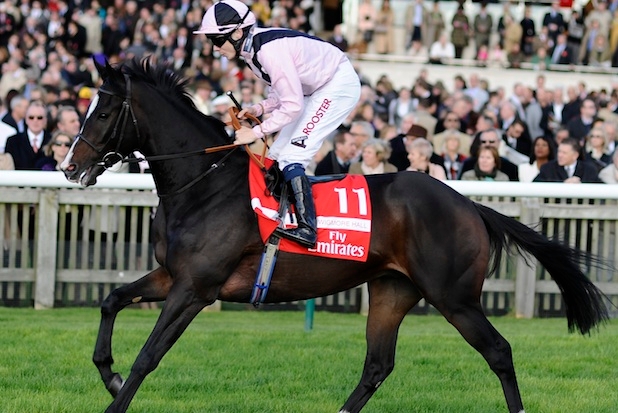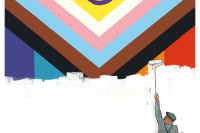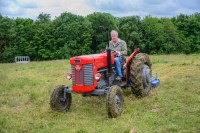On Saturday, the Daily Mirror published a front-page photograph of the racehorse Wigmore Hall with a gun to his head, about to be put down, having broken its leg. Unsurprisingly, the paper’s decision was met with dismay and anger from the racing community. But perhaps more surprising is that the RSPCA appears to be on racing’s side.
In February last year, Melissa Kite wrote in this magazine that she feared that the RSPCA might have set their sights on horse racing. But it seems promising – and strangely sensible – of the RSPCA to have spoken out against both the Mirror and the pressure group Animal Aid, which supplied the photographs. David Muir, the RSPCA’s equine consultant, said in a statement: ‘I can’t see that the vet has done anything wrong, or the racecourse either.’
Of course, neither had. Few people are under the illusion that horses are never put down; the screens that are erected around the horse (or jockey) are to allow medics to concentrate on treating their patient, and to keep the horse calm. No one is pretending that deaths never happen on a racecourse. But fortunately they are rare. Putting down a horse with a broken leg is the kindest thing to do – and shooting probably the most humane way of doing it. What would be far crueller, and horribly unfair on the horse, would be to keep him stabled and in plaster for months to allow his leg to heal. At that speed a horse’s leg probably won’t break cleanly, anyway. It will shatter.
The Mirror’s editor has subsequently commented that that ‘two of the three opinion pieces we carried were in defence of horse racing’. That’s all very well. But how many people who saw the front page of the Mirror actually read the opinion pieces on the inside pages? It’s the pictures that make the impact, and that’s exactly what Animal Aid intended. It’s hard for me to believe that these people love – or indeed have any respect for – animals. Taking and publishing those photographs shows no respect. Getting around the screens, where the photographer was liable to both distract the vet and panic the horse, doesn’t show respect either.
As many people in the racing community have written since, racehorses have a fantastic quality of life, in return for which, yes, they are expected to race. And of course there are risks, as there are with every equestrian sport. But the track record of racing is fantastic and constantly improving. If Animal Aid (and the Mirror, for that matter) want to tackle animal cruelty then there are cases galore for them. Every horse charity in the UK is struggling with the numbers of abandoned and neglected horses, which are at record levels. There are hundreds if not thousands of horses living in relative suffering in Britain.
The truth is that Animal Aid is far more interested in shock tactics and banning horse racing than it is in animal welfare. The pictures of Wigmore Hall were not in the public interest and will do nothing to advance the cause of banning racing; they were merely a vanity project for the organisation.







Comments